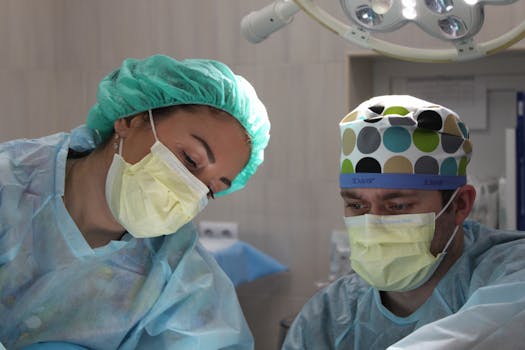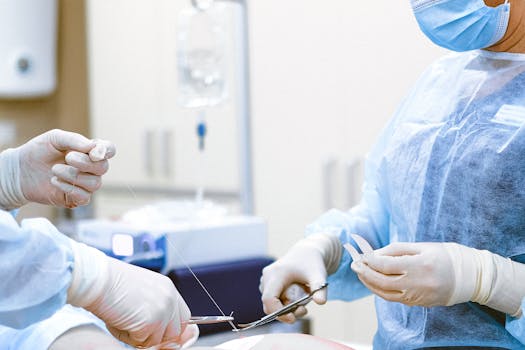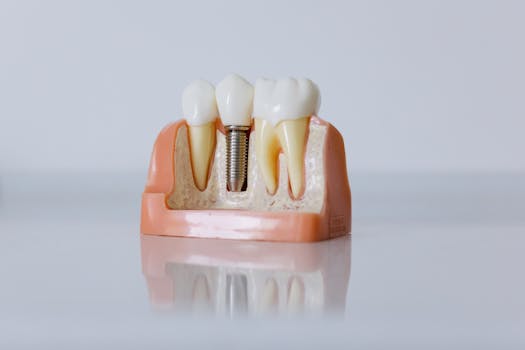Eyelid surgery, also known as blepharoplasty, is a popular procedure for enhancing the appearance of the eyes. With several types of eyelid surgery available, individuals can choose options tailored to their specific needs and aesthetic goals. This article explores different types of eyelid surgery, the pros and cons of each, and the potential outcomes.
Understanding the Different Types of Eyelid Surgery
Blepharoplasty can be broadly categorized into several types, each serving a distinct purpose. Some focus on cosmetic enhancements, while others address functional issues. Understanding these different cosmetic eye surgery types can help in making an informed decision.
Upper Eyelid Surgery
This type of blepharoplasty is common for those with droopy upper eyelids that may affect vision. The procedure involves removing excess skin and fat, and it can provide a more youthful appearance and improved vision clarity. However, as with any surgery, there are risks such as infection, asymmetry, or unsatisfactory results.
Lower Eyelid Surgery
Lower eyelid surgery targets bags and wrinkles under the eyes by removing or repositioning excess fat and skin. This procedure can result in a more rested and alert appearance. While benefits are significant, potential complications include changes in eyelid positioning or difficulty closing the eyes properly.
Lateral Eyelid Surgery
Lateral eyelid surgery focuses on the outer corners of the eyes, often used to tighten the muscles and skin to correct sagging or droopy eyelids. This type of eye plastic surgery can enhance the eye’s shape and harmony with the rest of the face.
Asian Eyelid Surgery
Also known as double eyelid surgery, this procedure creates a crease in the upper eyelid for those who naturally do not have one. It aims to enhance the definition and contour of the eyes. Potential risks include unnatural appearance if overdone or eyelid asymmetry.
Reconstructive Eyelid Surgery
This surgery addresses eyelid abnormalities due to trauma, tumors, or congenital defects. It’s a functional surgery aimed at improving eye health, alongside aesthetic considerations. As with other types, it carries risks and recovery considerations.
Weighing the Pros and Cons
For anyone considering types of eyelid surgery, weighing the pros and cons is crucial. These procedures can significantly enhance one’s appearance and self-confidence. However, the potential for complications, such as dry eyes, infection, or undercorrection, requires careful discussion with a qualified plastic surgeon.
Moreover, recovery times vary depending on the type of surgery and the individual. Typically, patients can expect swelling and bruising for about two weeks. Long-term, results can last several years, but natural aging will continue to affect the area.
Choosing a Qualified Surgeon
Selecting a board-certified plastic surgeon with experience in eye plastic surgery types is vital for achieving the best outcomes. During consultations, it’s important to review before-and-after photos, discuss realistic expectations, and ensure the surgeon understands your goals. The right surgeon will provide guidance tailored to your unique needs.
Additionally, staying informed about innovative skincare options can complement surgical outcomes. Discover the latest breakthroughs in skincare technology to enhance your beauty routine.
Final Thoughts on Types of Eyelid Surgery
Deciding on any of the types of eyelid surgery is a personal choice that should be made with careful consideration and medical consultation. The right procedure, performed by an experienced surgeon, can lead to satisfying and life-enhancing results.
For more information, you may refer to this Wikipedia page on Blepharoplasty for further reading.
- Eyelid surgery can address both cosmetic and functional issues.
- There are several types, including upper, lower, and lateral eyelid surgeries.
- Choosing an experienced surgeon is essential for optimal outcomes.
- Discuss all potential risks and benefits with a qualified professional.
- Innovative skincare options can complement surgical results.
What is the recovery time for eyelid surgery?
Recovery typically involves 1-2 weeks of noticeable bruising and swelling, although complete healing may take several months.
Are there non-surgical alternatives to eyelid surgery?
Yes, options such as Botox or fillers can offer temporary improvements, but they may not provide the same results as surgery.
How much does eyelid surgery cost?
Costs vary depending on the type of surgery, geographic location, and surgeon experience. It’s important to consult with providers for specific pricing.
Does insurance cover eyelid surgery?
Typically, only reconstructive or medically necessary surgeries are covered by insurance. Cosmetic procedures are generally out-of-pocket expenses.
What are the risks associated with eyelid surgery?
While generally safe, risks may include infection, dry eyes, and asymmetrical results. It’s crucial to discuss potential complications with your surgeon.






